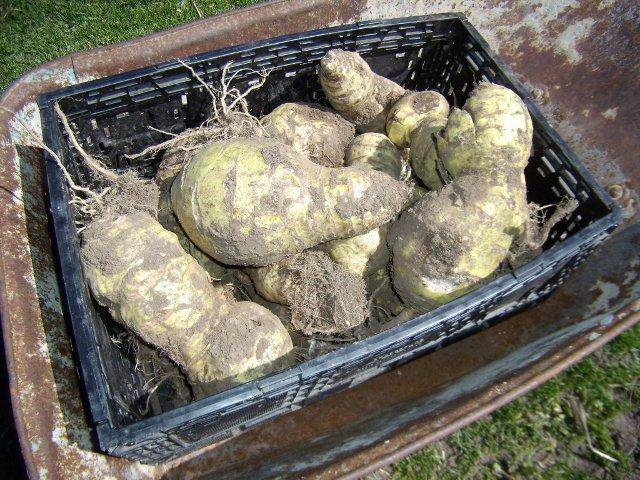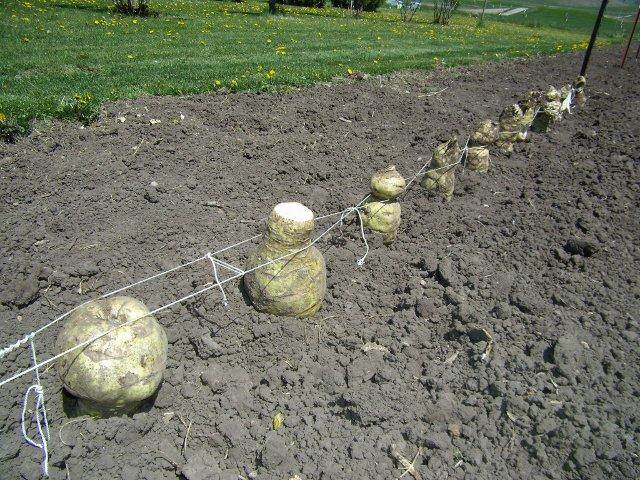
 4
4











 1
1




R Ranson wrote:I planted my adzuki beans this weekend. Yes, it's 6 weeks early, and yes, they don't grow here (daylight and temperature issues), and yes, they want actual moisture during the growing season, and yes, there are so many other things I'm doing wrong. But heck, I want adzuki beans to grow here, I just don't want to put the effort in to nursing them along.
The first year I planted about a kilo of grocery store seed, again in mid-April. No hard frosts happened, so they grew, then most of them died from drought and being mistaken as weeds. I got a harvest from two plants, so I took those seed, mixed them with more grocery store seed, planted them in more or less the same place. I got a harvest from 6 plants. Saved the seeds, mixed with grocery store seed, and this year is my THIRD year! Maybe, just Maybe, I'll get 8 plants worth of seed.
I hadn't realized it until today that I what I'm doing might be creating a landrace seed. I can't wait to find out what this harvest will be like.

 9
9





 3
3





 1
1




“The most important decision we make is whether we believe we live in a friendly or hostile universe.”― Albert Einstein

 1
1








“The most important decision we make is whether we believe we live in a friendly or hostile universe.”― Albert Einstein









“The most important decision we make is whether we believe we live in a friendly or hostile universe.”― Albert Einstein

 1
1











Joseph Lofthouse wrote:I planted some favas this spring that I had marked as "summer favas" because they set fruit while it was hot.
Idle dreamer
 2
2




“The most important decision we make is whether we believe we live in a friendly or hostile universe.”― Albert Einstein




“The most important decision we make is whether we believe we live in a friendly or hostile universe.”― Albert Einstein

 1
1








“The most important decision we make is whether we believe we live in a friendly or hostile universe.”― Albert Einstein




John Weiland wrote: Irrespective of whether or not we keep them under lights or move them outside to harden off for several weeks, many of them develop a stem/root rot











“The most important decision we make is whether we believe we live in a friendly or hostile universe.”― Albert Einstein
 5
5











 1
1















 1
1








Idle dreamer

 1
1




 1
1




 1
1





Standing on the shoulders of giants. Giants with dirt under their nails

 1
1




Joseph Lofthouse wrote:
(source)

 1
1





 1
1








 2
2




"People may doubt what you say, but they will believe what you do."


















 13
13




On the cusp of Zones 7b and 8a in Central Arkansas








 2
2









|
I remember because of the snow. Do you remember tiny ad?
The new gardening playing cards kickstarter is now live!
https://www.kickstarter.com/projects/paulwheaton/garden-cards
|






